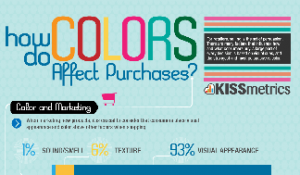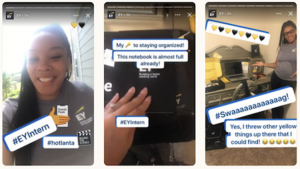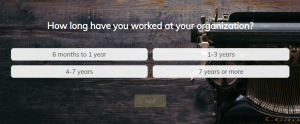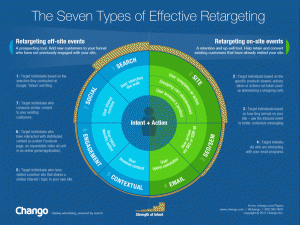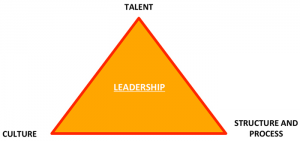With the advent of digital in every business field, and as technology keeps increasing customers’ expectations, how can companies respond? Google just might have the answer with the rollout of its new service, Google Customer Match, an identity-based targeting method that allows businesses to reach their audiences using the largest network there is (email) when it matters the most.
What Is Customer Match?
How exactly does Google Customer Match work? First, it lets you upload an email list that contains your most valued customers into your AdWords account. Each email will then be matched to the specific user who uses that email address to sign into their Google account. Once they’re logged in, they’ll be able to see ads and messages from you in Search, Gmail, and YouTube.
Google Customer Match adds another important asset to every marketer’s toolbox. For the first time, companies are able to provide personalized experiences to their existing customers by delivering “the most relevant information based on what they’re doing, wherever they are, when they’re looking, and on any device they’re using.” This can be beneficial for the user experience companies provide, since only 10 percent of consumers think companies effectively merge different channels, such as digital, mobile, and social.
How Can You Use Customer Match?
Google Customer Match offers a number of beneficial features, which makes it a great solution for a variety of businesses. Here are some of the ways you can use it to improve your marketing.
Reach new customers
Perhaps the greatest Customer Match feature is that once you upload your email list, you’re able to generate a new list of people who resemble your clients in terms of demographics and online behavior. In other words, you can target new customers with more precision than ever. Unfortunately, for the time being, this feature works for Gmail and YouTube only and doesn’t include Search.
Reach past customers
Do you have customers who bought from you once or twice but never came back? If you have their email, you can add them as part of a remarketing campaign. For example, if they once bought a software product that now has an updated version, this is a great opportunity to get them to upgrade by targeting them with a piece of content that details the benefits of the upgrade.
Cross-sell/Upsell current customers
Customer Match helps you reach people who might already be your customers in one sense, but may be better served by another product or service you offer. Then, you can deliver personalized content that advertises these exact products.
Exclude current customers
Sometimes you may want to use keywords that specifically target new customers, even though they cost a lot of money. Thankfully, Customer Match allows you to exclude existing customers for those particular ads so your budget doesn’t go to waste.
Push leads further down the buying funnel
Is your B2B company using content syndication to generate top-of- the-funnel leads? You can enter these leads’ emails and target them with your content and landing pages when they search for relevant keywords on Google, which will help to drive them further down the funnel. Using Customer Match, you can deliver ads to leads that promote new resources directly related to content they’ve already downloaded or previously viewed. That way, you’ll be able to follow up on what they’ve clearly shown interest in.
Understand cross-device behavior
The good thing about using email as an identity-based targeting method is that it’s much easier to understand cross-device behavior and conversions, since users are usually logged in on their mobile devices, as well. When you know how your customers are behaving on different platforms, you’ll become better at providing them with the right content. Google’s previous option—remarketing list for search ads (RLSA)—relies on cookies, which aren’t reliable as a tracking method, so Customer Match is a big improvement in personalization.
Improve email marketing
Customer Match allows for even more targeted email marketing campaigns because PPC creative used in Customer Match can be displayed, in addition to email content that you‘ve sent to your email subscribers. It can’t get any more targeted than that.
Who Should Use Customer Match?
Clearly, Customer Match is a significant step forward for Google. The success of Facebook’s Custom Audiences and Twitter’s Tailored Audiences seems to have prompted Google also to enter the game. Google searches display a lot more intent than social media searches, meaning that Customer Match reveals even more relevant and actionable information to marketers.
That said, who should use Customer Match? The short answer is anyone who has the budget and customer base to implement it. However, there are specific industries for which Customer Match can be especially beneficial, such as:
- B2B companies with a longer purchase cycle
- Education institutions where prospects search for comparisons
- Rental companies where cross-selling is common and valuable
- Banks and financial institutions where offers and rates frequently change
- Companies with multiple product lines that have different customers with different needs
- Service industries where personalization is important
Some Caveats to Consider
What factors should you take into consideration before launching Customer Match?
Perhaps the most important thing to remember is that you need to begin with a database of at least 1,000 emails. This number is an effort on Google’s part to reduce the likelihood of users’ privacy being violated. Having a smaller sample would make it easier to guess a user’s identity based on their behavior.
Two more things to keep in mind: First, Google insists that you only use emails you’ve collected in a context where the user explicitly demonstrated an interest in your business and content. This can be a website lead generation form, an app, or even a physical store. Second, you must provide an email opt-out link. If users click on a “Why This Ad” pop-up, they’ll be able to modify their email preferences on the spot.
At a time when, in Google’s own words, “69% agree that the quality, timing, or relevance of a company’s message influences their perception of a brand,” the use of Customer Match ultimately can mean the difference between success and failure for many companies’ marketing strategies.
Are you using Customer Match for your B2B company? Share some of your thoughts and insights in the comments below.
Digital & Social Articles on Business 2 Community(14)
